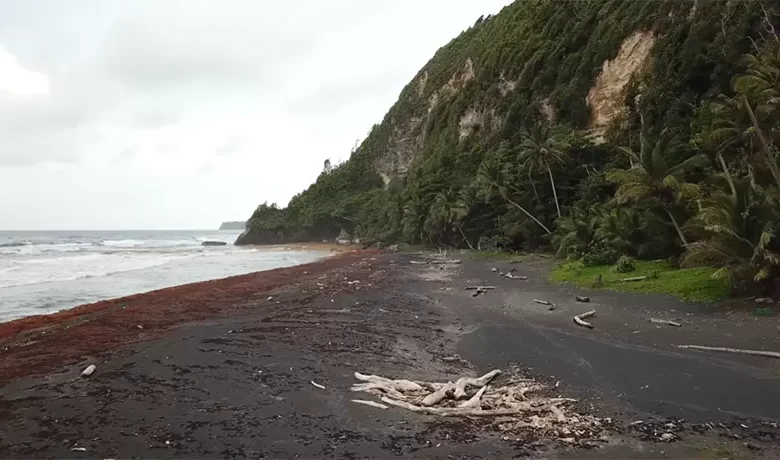Rosalie Bay

Rosalie Bay is on Dominica’s East Coast in the Saint David Parish. It is part of a scenic landscape characterized by lush tropical vegetation and black sand beaches shaped by volcanic activity. The Rosalie River flows into the bay, contributing to its unique ecosystem and making it a picturesque location that attracts locals and tourists.
About Rosalie Bay
Rosalie Bay has a rich history tied to Dominica’s colonial past and natural heritage. The area was historically used for agriculture, with estates cultivating crops like bananas and coconuts. Over time, Rosalie Bay has become a significant site for conservation efforts, mainly focused on protecting the natural environment and promoting sustainable tourism.
The community around Rosalie Bay benefits from various developmental initiatives to enhance the local infrastructure and promote eco-friendly tourism. The bay is home to the Rosalie Bay Eco Resort, an award-winning resort that combines luxury and sustainability. This resort has played a crucial role in conserving endangered sea turtles, providing safe nesting grounds and raising awareness about the importance of protecting these gentle giants.
Environmental and Economic Impact
Rosalie Bay is a model for sustainable development in Dominica. The eco-friendly initiatives implemented in the area have preserved the natural habitat and created economic opportunities for the local community. The resort and other local businesses contribute to the economy by attracting tourists interested in eco-tourism and the island’s natural beauty.
The conservation programs at Rosalie Bay, especially those protecting sea turtles, are crucial in maintaining the ecological balance and promoting biodiversity. These efforts are supported by local and international environmental organizations, ensuring the long-term sustainability of the bay’s ecosystem.
Rosalie Bay is a vital part of Dominica’s natural and cultural heritage. Its strategic location, rich history, and commitment to sustainable development make it a significant area for both conservation and tourism. The bay continues to thrive as a beacon of eco-friendly practices, reflecting the island’s dedication to preserving its natural resources while supporting community development and economic growth.




